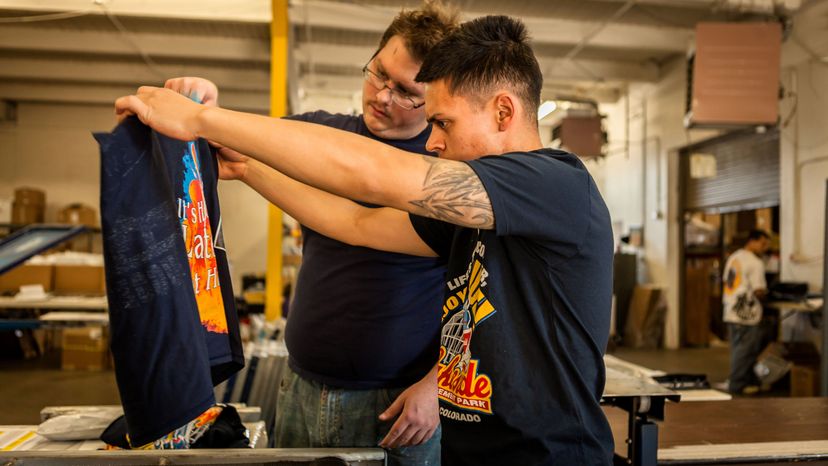Fine Art and Modern Art
Screen printing isn't just about making funky T-shirts; it’s also an accepted technique in fine art. Artists like Andy Warhol brought screen printing to the forefront of the art world, turning everyday objects into iconic pieces of modern art.
The technique that allows artists to produce multiple copies of their work while maintaining the touch and feel of the original image.
Commercial Screen Printing and Specialized Equipment
In a commercial setup, a screen printing press produces large numbers of prints rapidly.
Some presses, known as an automatic rotary carousel printer, even automate the process, making it quicker and more consistent. These aren't the manual silk screens of yesteryear but high-tech setups designed for volume and precision.
Endless Possibilities
From clothing brands to artists, and from DIY enthusiasts to commercial screen printing setups, the possibilities with this technique are vast. With the right screen printing equipment, you can achieve everything from intricate, multicolor designs to bold, single-image statements.
This article was updated in conjunction with AI technology, then fact-checked and edited by a HowStuffWorks editor.
